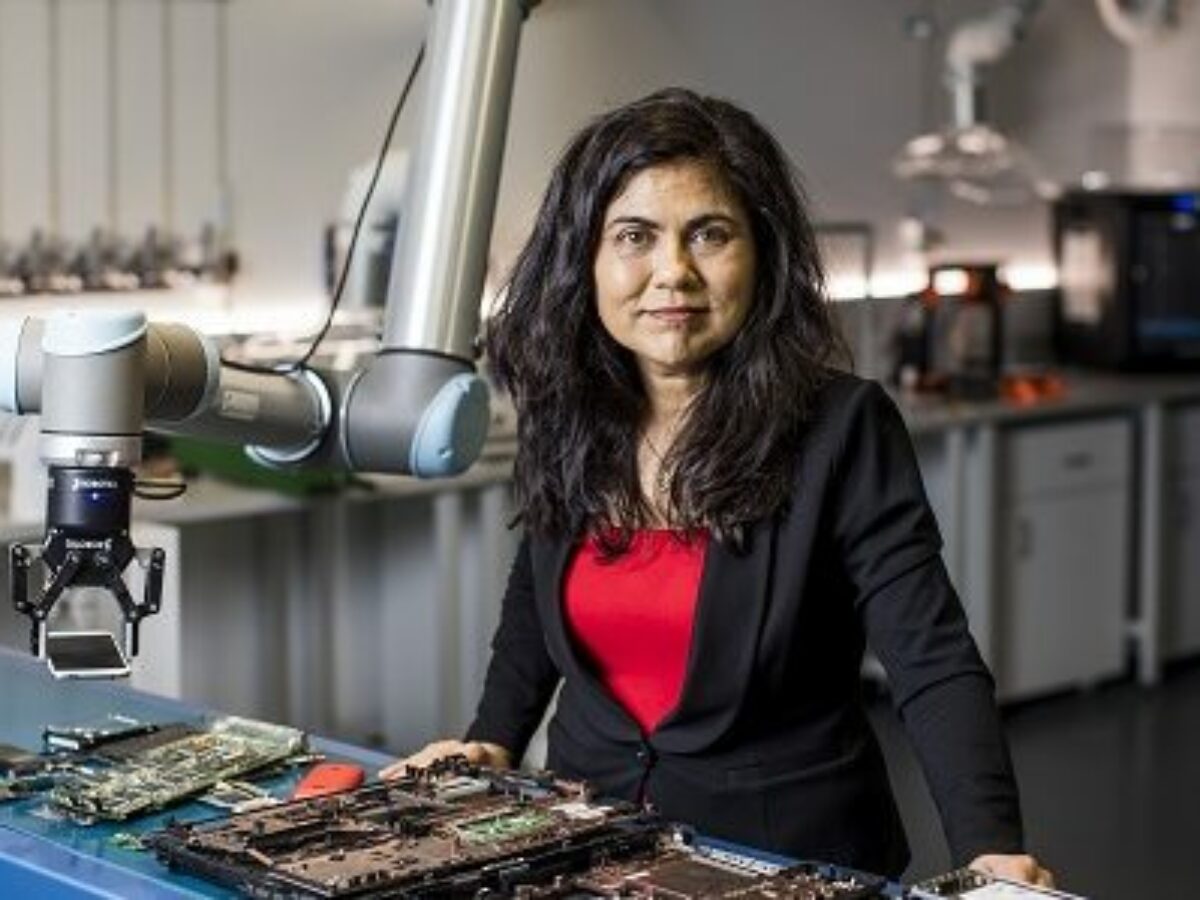“Material microsurgery” developed in Australia strengthens steel with e-waste

A team from the University of NSW has developed a technique for “material microsurgery” which they say allows them to extract useful elements from electronic waste for purposes such as surface coatings to strengthen steels.
A paper by Professor Veena Sahajwalla and Rumana Hossain — both of UNSW’s Sustainable Materials and Research (SMaRT) Centre — has described the technique in the American Chemical Society’s Omega Journal. Another paper by the pair — in Materials Today Sustainability and titled “Science of Microrecycling” — describes other recent contributions to the field.
“We use the term material microsurgery because we were inspired by the processes medical surgeons use in microsurgery where they apply targeted and selective solutions to problems,” said Sahajwalla in a statement.
“Existing waste and recycling technology doesn’t do this for our traditional waste treatments. We need to step up to do the things that were thought unimaginable for waste management so it can be cutting edge.”
According to a statement from UNSW, microsurgery uses “foundational selective thermal transformation techniques” developed at Sahajwalla’s SMaRT Centre to extract valuable core elements from electronic waste. These can then be used “as a high-performance hybrid layer” to coat the surface of steels and improve their performance, meaning “regular steel can be enhanced to have a ‘super surface’ via the modification.”
The paper in Omega details the technique using glass and plastic from old computer monitors and copper from PCBs in a thin film layer on steel.
Sahajwalla said looming waste export bans on glass, plastic, paper and tyres meant Australia must treat these materials as resources rather than waste.
“A key challenge is that existing, centralised recycling and waste treatment methods at scale often just turn things like PET bottles back into PET bottles. What we need is a recycling and manufacturing system that can innovate to reform waste for more diverse and value-added end uses,” she said.
“Recyclers traditionally haven’t seen themselves as manufacturers and manufacturers haven’t seen themselves as recyclers, but we need them to.”
Picture: UNSW
Subscribe to our free @AuManufacturing newsletter here.
Topics Manufacturing News
@aumanufacturing Sections
Analysis and Commentary Awards Defence Manufacturing News Podcast Technology Videos








